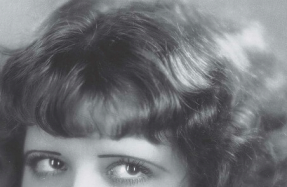Enameling is all in the name

The art of enameling has been practiced for thousands of years and by all the great cultures in all parts of the world. The ancient Egyptians, Chinese, Romans, Georgians and Celts all practiced different forms of enameling. Today, most people are familiar with the less artistic, commercial types of enameling such as those seen on cooking implements, sinks, bathtubs and other appliances. Perhaps the most widely-known examples of enameling are the famous Fabergé eggs made by Peter Carl Fabergé.
Enamel work is liquified glass in a variety of colors that, with the aid of heat, is applied to a range of materials, with metal such as bronze, copper and brass being the most common base for application. Almost any surface that can withstand the high temperatures necessary for fusing can be used, including a variety of metals and stone. Ceramics and even glass can be decorated with enamel, although the application process is quite different; the enamel is painted on rather than fused. Enamels exist in three basic clarities: opaque (not transparent), opalescent (semi-transparent) and transparent.
The jewel-like colors seen in enamel are achieved by grinding colored glass into powder that is heated to form a paste then further heated until it liquifies and fixed to a base material. Another method is to melt colorless glass and adding pigment. Everything from large lamps to small spoons could be decorated with enamel.
Niello
Niello is a black metallic composite of sulfur with silver, copper or lead used to fill incised designs in metal, usually silver. A molten alloy of silver,
You’re reading a preview, subscribe to read more.
Start your free 30 days

